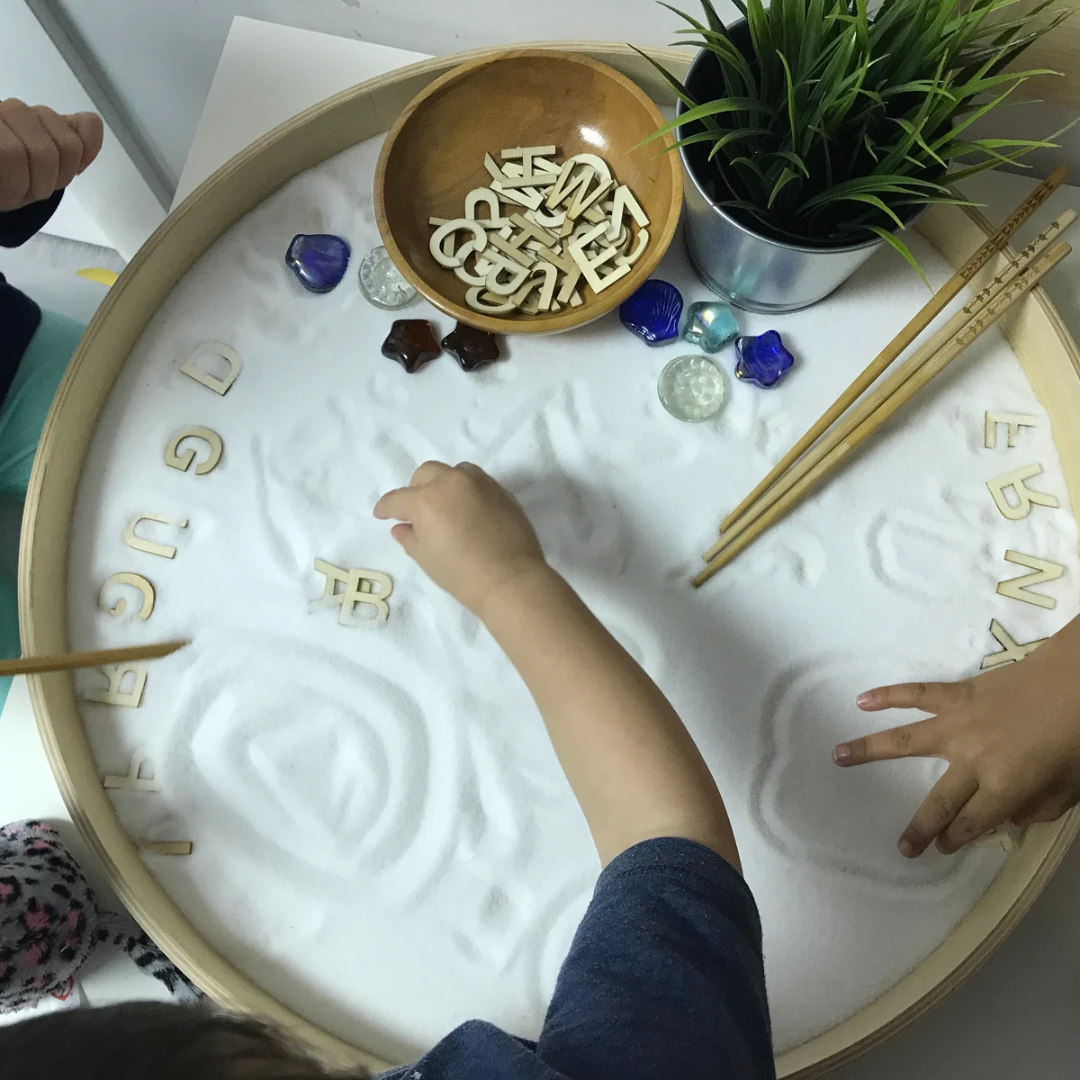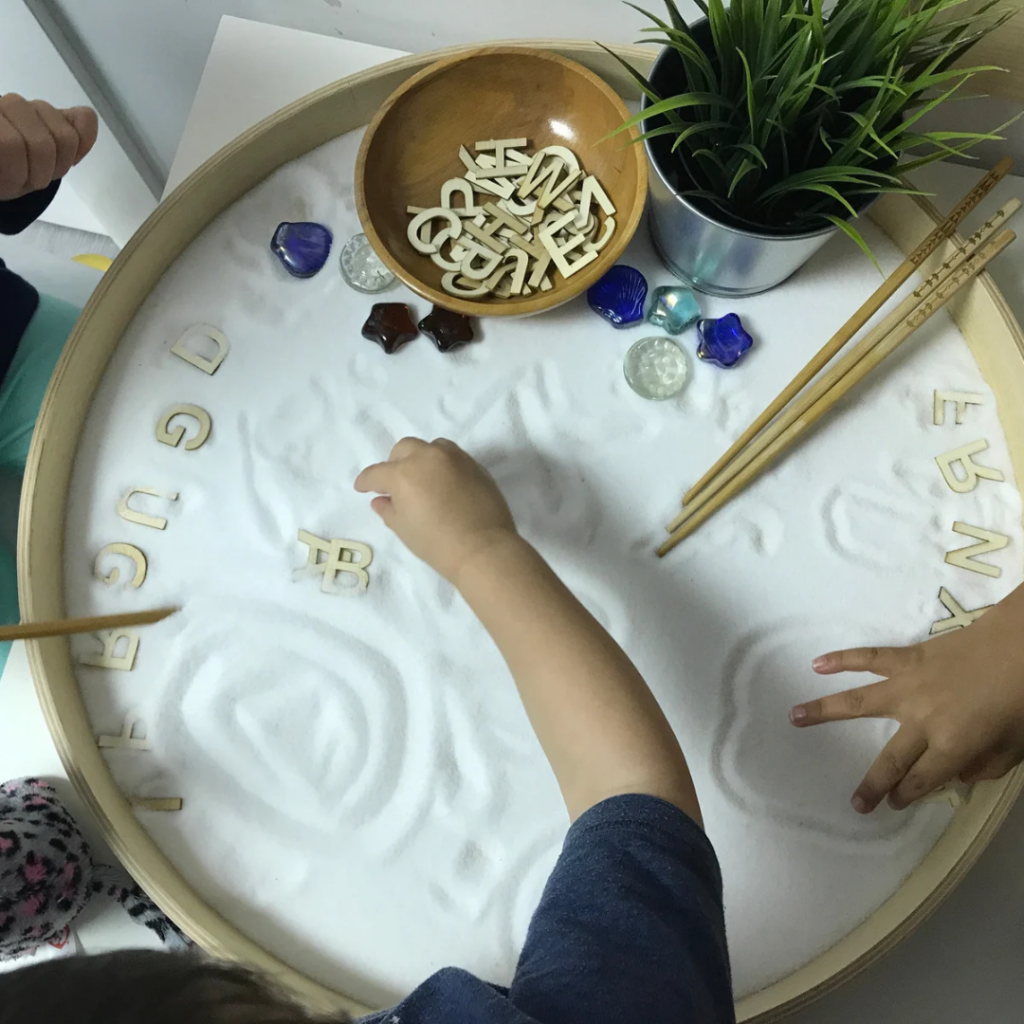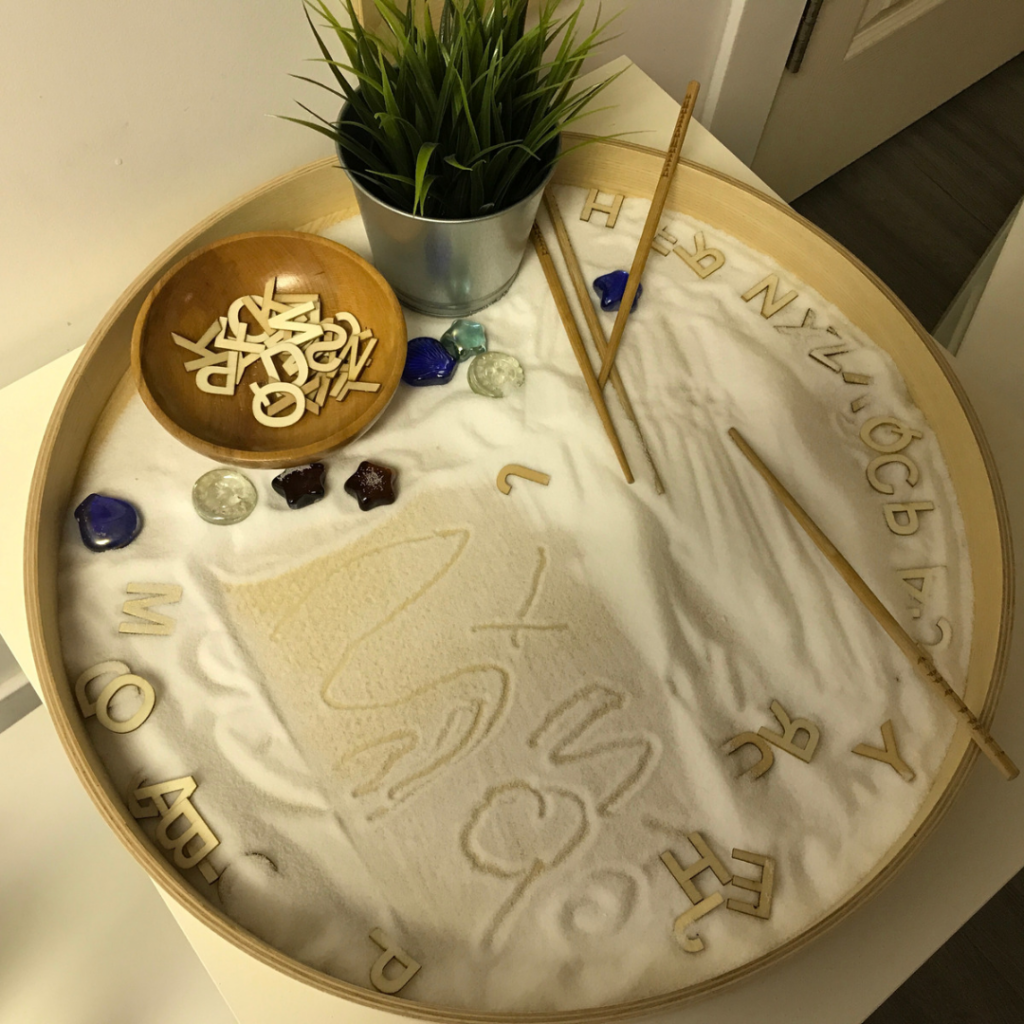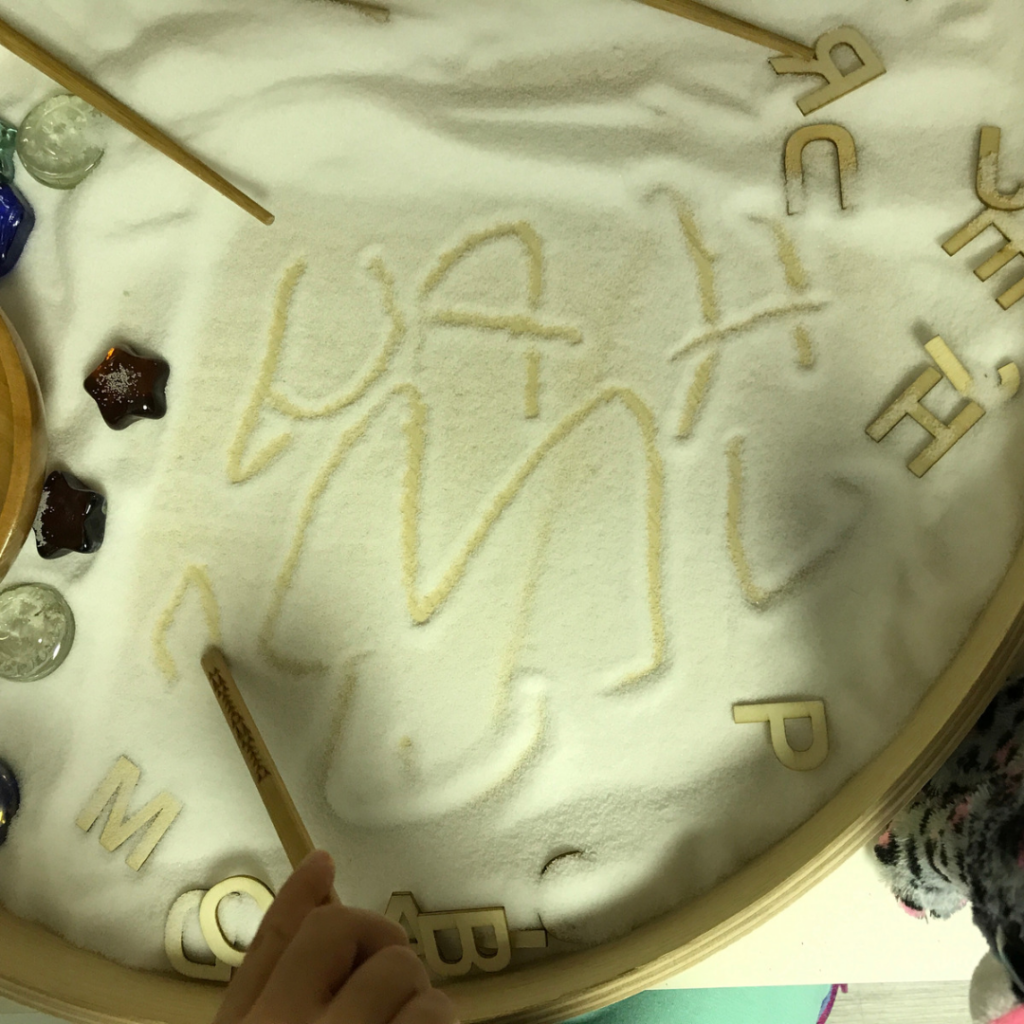CLOSE
inspiring you is my passion
REGGIO INSPIRED PRACTICE GUIDE
CONTACT VERONICA
LOOSE PARTS PLAY GUIDE
FREE RESOURCES
PROFESSIONAL TRAINING
FOR ECE'S
FOR TEAMS
from my perspective
this way to the blog!
TOOLKIT
Documentation
Templates
WORKSHOPS
CUSTOM TEAM BUNDLE
FREE TRAINING - POSSIBILITIES OF LOOSE PARTS
shop
CLOSE
inspiring you is my passion
EDUCATOR LIBRARY
CONTACT VERONICA
FREE LOOSE PARTS GUIDE
RESOURCES
PROFESSIONAL TRAINING
FOR ECE'S
FOR TEAMS
TOOLKIT
Documentation
Templates
WORKSHOPS
DIGITAL PD LIBRARY
LIVE WORKSHOPS
FULL DAY PD
FREE TRAINING - POSSIBILITIES OF LOOSE PARTS
New!!!
shop

inspiring & practical ideas
GET STARTED WITH
loose parts play
FREE DOWNLOAD
This guide is loaded with ideas, inventory lists, and resources to support you in conveying the learning that is happening while children play!
I only want creativity filling your inbox, so you'll see inspiration and support dropping in...but not too much!
We respect your privacy. Unsubscribe at any time.
Every educator struggles to embrace the mess of loose parts play when they are first starting out and anxious about how cleanup will go. I did too by micromanaging the heck out of the children’s exploration. Talk about helicopter parenting, well I was in high anxiety and ready to pounce mode the first time I brought out the tiny glass stones.
We get stuck wondering things like, “Who is going to put all of that back?” or “I love the idea of loose parts but I can’t handle the mess!”
When you’re feeling all of this worry and hesitation, it’s hard to move forward.
The good news is, you can easily bring order to the chaos by first and foremost shifting your mindset about the “mess” and creating a system to find balance in the cleaning of loose parts play.
In this post, I’ll support you with cleaning up loose parts play and provide simple mindset shifts and strategies. I hope that this will give you a roadmap so you can confidently embrace cleanup of loose parts play and create a process that works for you and the children.
Valuing The Mess of Loose Parts Play
You might be asking why do I have to value the mess, won’t that make cleanup harder?
This is a crucial component because loose parts play is about the active, dynamic and exploration using the natural variables of the world. So things need to move, be collected, modified and transported.
Many people who are new to loose parts play start out on the right track but then get stuck because they want the items to stay in one area, put limits on how many items a child can take out or just get completely overwhelmed with all of it.
And then they wind up putting more rules in place that limit children’s play or completely stop trying to embrace loose parts play altogether.
The key to embracing loose parts play and not getting stuck on the “mess and cleanup” is to shift your mindset about the piles of rocks, dumped buckets of sand on the floor from “a mess” to valuing the children’s play.
To embrace this I’ll share my mindset shift about loose parts play. This is a quote from a guest podcast episode on The Everything ECE Podcast, “I don’t see the children’s play as a mess. I see it as their ideas, problems, hypotheses all strewn about for us to see and to make sense of.”
Children make sense of their world through play, the transporting, dumping and collecting is their active way of figuring out the world. Play is not organized and simple. It is active, dynamic and complex. This mindset shift will help you to embrace loose parts play and the “mess” that comes with it.
Another fav podcast is Strategies for Cleaning up with Loose Parts Play by Dr. Carla Gull. Make sure to check out my guest episode too!
Plan for Yes to make Cleanup Easier
If you’ve said countless times, “the {insert name of material} stays {insert place you set it up} but feel like you’re stuck on repeat – your possibly getting stuck on what you planned and losing sight of following the children’s lead as their ideas rapidly change and this is likely the piece that’s missing.
What can you do?
A really useful strategy for embracing the cleaning up of loose parts play is planning for yes.
A picture I shared of a provocation provoked a comment of “Who’s going to clean that up?’
I get this.
I too was worried about “mess” and cleanup at points in my practice.
But this changed over the years as I reflected on my values and images of the protagonists.



Here is my response.
“The picture here is an example of a provocation that I intentionally set up from multiple observations of the children engaging in mark making and wanting to write letters. This is a child led play experience.
If the children had instead engaged in the schema play of dumping , transporting and collecting I would have responded with adding a deeper and larger tray/bins along with materials that encourage these actions. Possibly putting it on the floor and could add a tarp/cloth underneath to aid with cleanup after.
I expect the salt/sand/water to get on the table/floor. This is developmentally appropriate and part of their play.
I create a plan for yes environment. Where I have towels, brooms, mops, hand held vacuum handy. And this is done by both the children and myself.
Planning for yes allows you to be, in the moment, more prepared and open to the ever changing interests children have.
Check out this blog post on, Plan For Yes and reflect on how this approach could impact your everyday role and the children’s engagement.
Cleanup and Loose Parts Play is a Community Practice
To me, cleanup is done as a collective, an ongoing process and not a single version. There are many steps involved in cleaning up, expectations and skill levels to consider.
I see cleanup as part of my role. Whether that is helping delegate tasks, deep cleaning or physically helping with picking up, sorting and putting away their collections of variables.
For the children, cleanup may include helping putting the items in the bins, sweeping/vacuuming up sand or wiping up water off the floor.
Consider Your Expectations For Cleanup
Cleanup is a skill that involves executive functioning skills. The ability to sort objects, know when the bin is full, putting the bin away and recognizing what area to do next. [As adults we have challenges with this in our homes…]. So this is where expectations of the child are important to consider.
What can help is very specific directions, such as “Can you put away all the cars.” Instead of a general statement of its time to cleanup. This helps take away many decisions for the child and easily focus on completing the task.
I think it’s also imperative to ask yourself, “Does this need to be cleaned up right now.” Your learning environment isn’t meant to look Pinterest worthy all day long. This can also help the task from not becoming as overwhelming and taking a length of time that is too long for the children. So when the whole space does need to be cleaned, it’s hopefully only once or twice a day.
Of course you will have your own guidelines that have to be followed, but working on your mindset around cleanup and loose parts play can really help with getting overwhelmed with the amount and display of materials as children play.
Reflective Practice and Cleanup
Consider reflecting on how much mess/cleanup is hindering us as educators from responding to children’s interests with engaging play experiences that are holistic, engaging sensory development and all the learning domains is needed.
Here are some reflective practice questions and aspects to consider:
- Ask yourself if that area has to be cleaned up immediately or can it stay out?
- Then consider the accessibility of tools such as child size friendly brooms, towels, vacuums to create independence, accountability and agency
- Then, in order to reduce overwhelm with cleanup and loose parts play, match expectations with children’s abilities and curate a community practice.
Once you’re done, you’ll be well on your way to finding the beauty in loose parts play and cleanup.
Putting it All Together to Create Your Cleanup Practice
There you have it! The 3 aspects to reflect on for loose parts play cleanup.
It may sound like a lot, but just as John Dewey says, “Learing does not come from experience alone but rather from reflecting on experience.” So focus on your mindset first about loose parts play and valuing the mess to discover what the children are trying to make sense of. This will help you to embrace the essence if loose parts play and create a community practice for cleanup and loose parts play.
What’s next? Download Loose Parts Play Guide
If you need help getting started with loose parts play, my FREE guide on Getting Started With Loose Parts Play will help you to begin your collection and be able to connect children’s play to learning. Plus you’ll get parent resources to advocate for play!
Looking for loose parts ideas specifically for infants and toddlers? I’ve just updated this guide with simple, safe materials, real-life play examples, and a free downloadable starter kit to help you get started. Read it here →
Hey there!
I'M VERONICA
I am an Early Childhood Consultant and very passionate about supporting and inspiring my fellow Educators. I will share my reflections and experiences about implementing my philosophy, views, and ideas into my practice.
COFFEE & BOOK LOVER
find more on
stay connected
Cleanup and Loose Parts Play
Leave a Reply Cancel reply
ENDLESS POSSIBILITIES OF
loose parts play
ON-DEMAND FREE TRAINING
Unlock the possibilities to simplify your planning, become proactive with behaviours & enjoy your role again! I'll guide you to find the beauty in loose parts play.
DISCOVER THE POSSIBILITIES!
I'M VERONICA.
EARLY YEARS CONSULTANT
Here to help you simplify planning, understand behaviours & build strong relationships...all with the magic of loose parts!
ENGAGE YOUR CURIOSITY
MY EARLY YEARS JOURNEY
THE MODERN EDUCATOR TOOLKIT
WORKSHOP (LIVE & REPLAYS)
CUSTOM TEAM PD BUNDLE
POSSIBILITIES OF LOOSE PARTS TRAINING
CONTACT
get your
guide!
Wanna know how to GET STARTED with these magical materials?
find out right here!
back to top
WEEKLY EMAIL
join the
let's stay connected...
Only inspiration & support will drop in your inbox. Unsubscribe at anytime.
CLOSE
I'M VERONICA.
Here to help you simplify planning, understand behaviours & build strong relationships...with the magic of loose parts!

VERONICA
POSTED BY:
also known as Ronnie!
SPECIAL NEEDS MOMMA &
EARLY CHILDHOOD CONSULTANT
Inspiring and mentoring my fellow educators how to use loose parts to enhance all aspects of their practice. I share my dual roles of educator & momma and how our autistic son has shown me so many new perspectives.
read about my early years journey